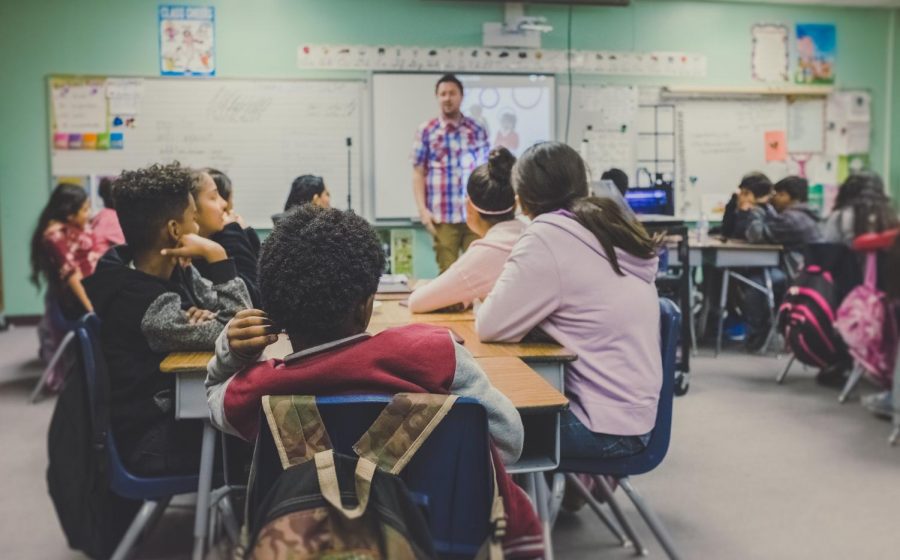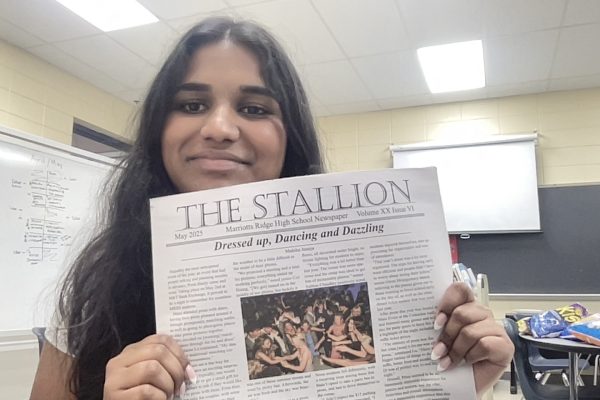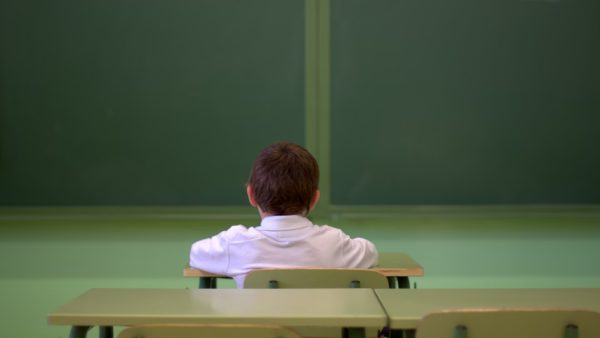How Teachers Conduct State-Mandated Drills in Virtual Learning
Even in online learning, teachers continue conducting emergency drills
From the fire drill to the bus evacuation drill, there’s no state-mandated safety drill that HCPSS students aren’t aware of. With virtual learning this year, these drills have had to be compromised. However, we have still had plenty, if not more drills this year than ever before.
“We have conducted 8 virtual drills so far this year – four evacuations, plus a reverse evacuation, shelter-in-place, lockdown, and duck, cover, hold,” Assistant Principal Martin Vandenberge said. “Our latest was an evacuation drill held on January 7, during period 2.”
A school safety drill is an exercise practiced by an entire school building— students, teachers, staff— to practice procedures that are meant for responding to emergencies that may happen during a school day. In a normal year, these drills would happen throughout the year, with the time between them usually being a month or two.
This year, the number of drills in one semester is unusual, but it shows how the staff have taken advantage of the virtual setting to do more drills and inform the students. Although, some of the students aren’t that appreciative of these virtual drills.
“I do not think I am learning about the building structure because I have never been in the building as a redistricted student,” sophomore Chandana Malla said. “I am not attaining the skills because I only hear them and do not practice them.”
This is a valid concern. A lot of students learn things visually, or physically, and that sort of learning opportunity of seeing and going through the hallways is not available in virtual learning.
“Since classes will be taught in a virtual setting with students and staff members being remote, school drills will not occur in the buildings; however, schools should conduct discussions with students for the different types of drills,” the Office of Safety and Security said.
These discussions are meant to be informative, so that when students do return to the building they know what to do in case of an emergency. And though there are many different opinions on how useful these talks are, there are students like Bhavana Konka that feel the drills have been more on the beneficial side.
“I personally feel that I have gotten a little better knowledge of the school building, especially since I got moved to a new school,” Konka said. “For me, knowing the building is important, not just for knowing where my classes are but to know exit and safety places.”
As students and staff plan on coming back to the building soon, it’s important for students to know what to do in an emergency situation, and these virtual drills have prepared students for such situations.
Hi! I'm Madiha Rehman. I'm in my first year of journalism, and I've just learned the ropes. I write articles & stories on The Stallion. I'm passionate...







